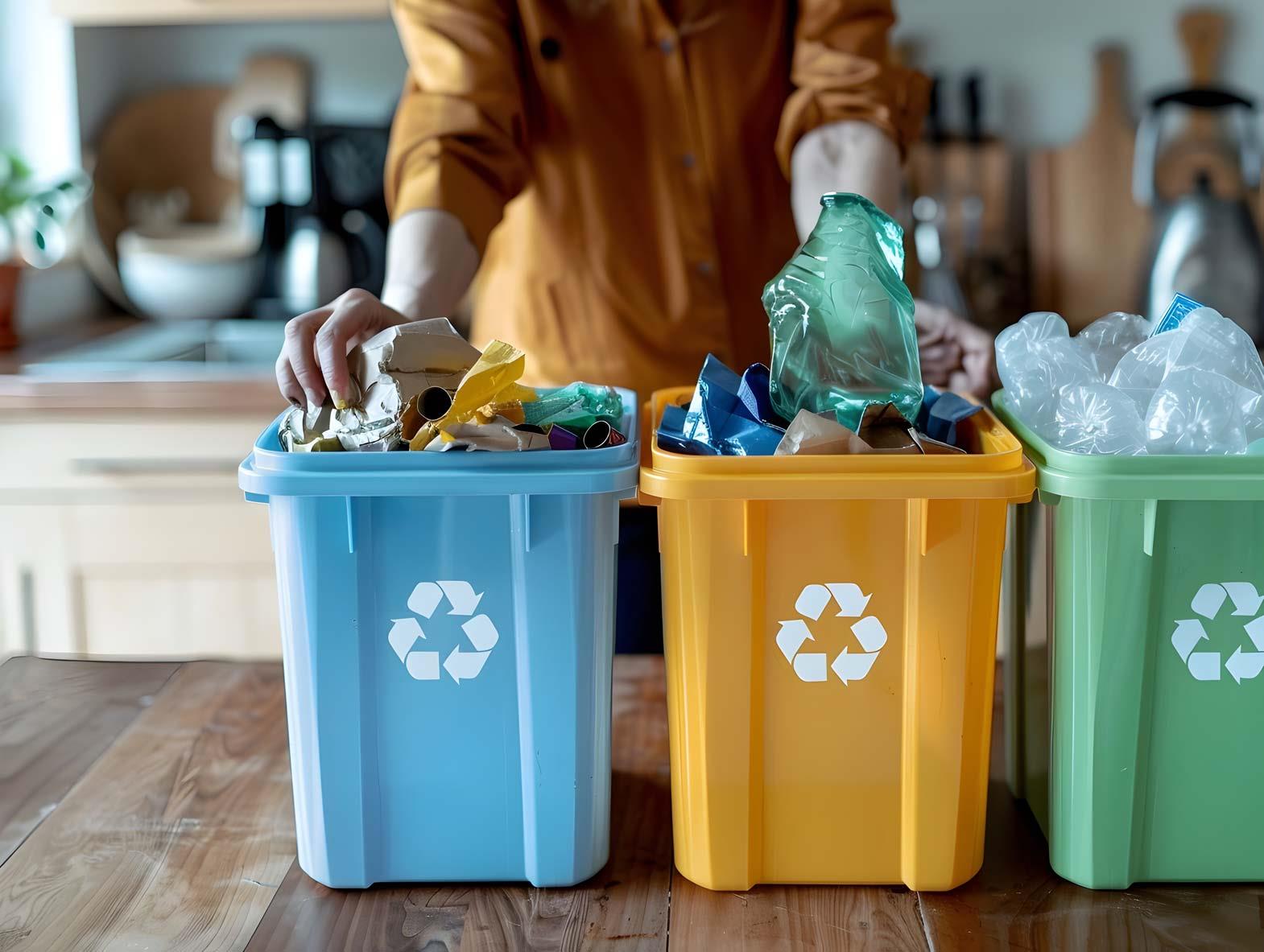There would always be a debate when it comes to the option of purchasing of recyclables or disposable product. Usually the disposables are a lot cheaper than the recyclables. So people think that the purchase of disposables would be more economical. The merits and demerits of recyclables and disposables are being discussed in this paper.
What is recycling?
Recycling basically means reprocessing of the product for decreasing the further utilisation of new resources. Recycling is a main component of modern waste reduction and is the third component of the "Reduce, Reuse and Recycle" which is the waste hierarchy.
Economic Recycling Facts and Benefits
Information supplied by: National Recycling Coalition
- Recycling programs that are well-run cost less to operate than waste collection, land filling, and incineration.
- The more people recycle, the cheaper it gets. Two years after calling recycling a $40 million drain on the city, leaders of New York City realized that a redesigned and efficient recycling system could actually save the city $20 million and they have now signed a 20-year recycling contract.
- Public sector investment in local recycling programs pays great dividends by creating private sector jobs. For every job of collecting recyclables, there are 26 jobs in processing the materials and manufacturing them into new products.
Environmental Recycling Facts and Benefits
Information supplied by: National Recycling Coalition
- Almost 70 million tons of material was diverted away from landfills and incinerators in 2000, up from 34 million tons in 1990 by recycling and composting doubling in just 10 years..
- 17 trees are saved by recycling every ton of paper.
- The energy that we save when we recycle one glass bottle is enough to light a light bulb for four hours.
- Recycling is also beneficial to the air and water as it creates a net reduction in ten major categories of air pollutants and eight major categories of water pollutants.
- It is important to reduce our reliance on foreign oil. Recycling helps us to do that by saving energy.
- Manufacturing with recycled materials and with very few exceptions, saves energy and water and produces less air and water pollution than manufacturing with virgin materials
- It takes 95% less energy to recycle aluminium than it does to make it from raw materials. Making recycled steel saves 60%, recycled plastics 70%, recycled newspaper40%, and recycled glass 40%. These savings far outweigh the energy created as by-products of incineration and land filling.
- 30% of National Recycling rate reduces greenhouse gas emissions as much as removing nearly 25 million cars from the road.
- 2,500
pounds of iron ore, 1,400 pounds of coal and 120 pounds of limestone are
conserved when one ton of steel is recycled.
Problems
of recycling:
- Involves manual labour for segregation.
- High initial cost.
- While reprocessing of polymers like plastic there are harmful substances like antimony to get liberated which are carcinogenic in nature.
- The
performance or the life of the recycled product may not be the same as the
virgin product.
What are disposables?
A disposable (also called disposable product) is a product designed for cheapness and short-term convenience rather than medium to long-term durability, with most products only intended for single use.
Benefits:
- More suitable in case of products were there are chance of transmission of infection.
- Cost of the product is less.
- Life of the product is less.
- No process of segregation.
- Almost all biodegradable materials are used.
- On
application in the medical field, the disposables are preferred because the
reusing of the products may involve the process on sterilisation for killing
the germs. If the process is not done properly there are chances for
transmission of the infection.
Disadvantages:
- Increase in waste causing landfill.
- Continuous usage of new resources for manufacture of new products.
- Reduces dependence of oil in case of synthetic polymers.
- The burning of waste present in landfill may cause liberation of various toxic gases.
Disposable products are often touted as less costly or cheap, but at the end of the day when a life cycle analysis is used, this argument should be re-checked. Consistently with facilities mission of environmental stewardship and cost containment, healthcare facilities can strikingly reduce solid waste in their operations and save money by switching to reusable products where feasible.
The formula given below will help to determine the "true cost" of using disposables:
Purchase Price + Cost of Waste Disposal + Occupational Health Costs + Environmental Impact + Warehousing Cost = True Cost of Disposables
When using the above formula it was found that th true cost of a disposable was nearly twice than the cost of its recyclable counterpart.
Conclusion
Thus the conclusion is that of to use recyclable product rather than to opt for the disposables for the economic development of the nation.
References:
- Data compiled from:LCA: New Zealand Merino Wool Total Energy Use, Barber and Pellow,http://www.tech.plym.ac.uk/sme/mats324/mats324A9%20NFETE.htm and Ecological Footprint and Water
- http://www.greentoothresources.com
- http://www.recycling-revolution.com
- An article by National Recycling Coalition
- www.wikipedia.org
- Watson, Tom, Where can we put all those plastics?, The Seattle Times, June 2, 2007








Comments